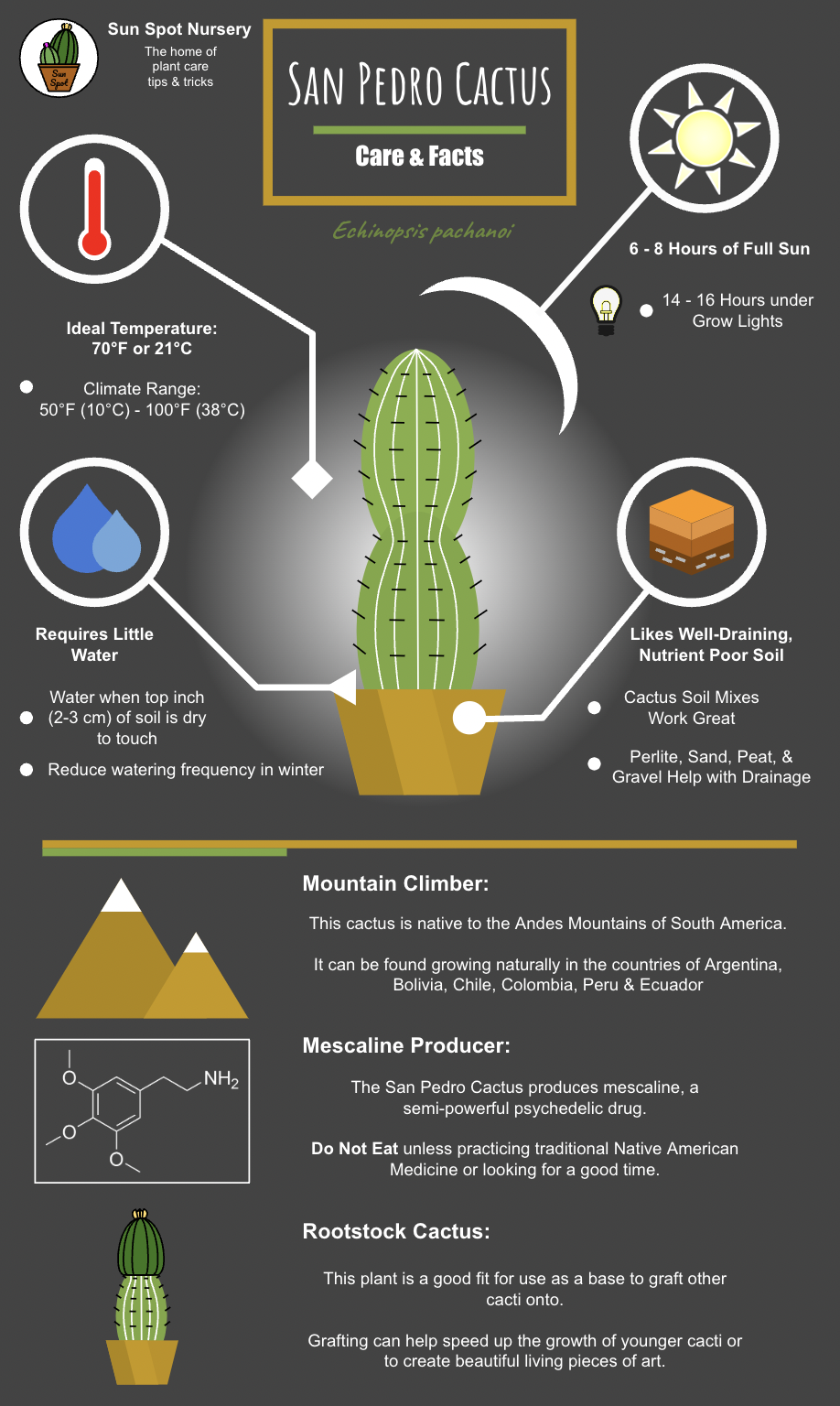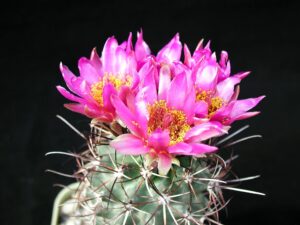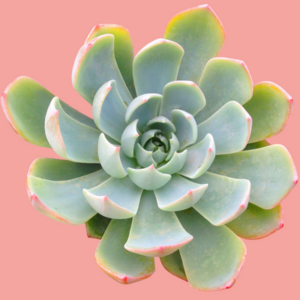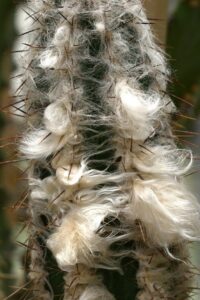In the sun-drenched deserts and towering mountains of South America, a unique botanical marvel flourishes—the San Pedro cactus. This fascinating plant has inspired a myriad of stories, legends, and diverse uses, making it a captivating subject for both novice and seasoned horticulturists alike. To grasp the essence of the San Pedro cactus, it is essential to understand its physical characteristics, cultivation techniques, and ecological significance.
The San Pedro cactus, scientifically known as Echinopsis pachanoi, is akin to an ancient guardian standing sentinel over the arid landscapes where it thrives. Recognizable by its tall, columnar stature, this succulent can reach impressive heights of up to 20 feet under optimal conditions. With ribbed green skin adorned with spiny areoles, the plant possesses a regal appearance that entices both the eye and the imagination.
To accurately identify this intriguing cactus, one should pay close attention to several distinguishing features. The surface of the San Pedro is typically a rich, vibrant green, reflecting its adaptation to the harsh sunlight of its native habitat. Each stalk may present multiple ribs, usually ranging from five to seven, which run vertically along its length. These ribs create a textured and shadowy interplay that further enhances the cactus’s stature.
In spring, the San Pedro cactus blooms glorious white or pale yellow flowers that are particularly striking against its verdant backdrop. These nocturnal blooms open in the cool of the night, unfolding a fragrant aroma that captivates nocturnal pollinators. These flowers bring forth a captivating juxtaposition, creating a transient elegance that vanishes with the break of dawn, leaving only traces of their nocturnal celebration.
Furthermore, you may recognize the San Pedro by the small, needle-like spines that grace its areoles. Although they are not overly aggressive, caution is advised when handling the cactus, as these spines can inflict minor irritation. Gently lifting a San Pedro offers a tactile experience akin to grasping the history of a well-traveled tome, where each spine tells a story of survival and resilience.
Having identified the San Pedro cactus, one may embark on the enthralling journey of cultivation. To nurture this majestic plant, several key cultural practices should be adhered to, ensuring that the San Pedro flourishes in your care.
Firstly, it is imperative to simulate its natural habitat as closely as possible. San Pedro thrives in well-draining soil, often composed of a good balance of sand, perlite, and potting mix. This combination allows for effective drainage, preventing root rot—a common pitfall for many succulent aficionados. A pot with drainage holes is essential, as it serves as the reservoir for life-sustaining moisture while permitting excess to escape.
Location, too, plays a vital role in the successful cultivation of the San Pedro cactus. This plant revels in sunlight and should be positioned in a warm, bright location. An ideal setting offers at least six hours of direct sunlight each day. If grown indoors, a south-facing window is often optimal; outside, a sandy location shielded from the harshest midday rays can provide the necessary light exposure without subjecting the cactus to sunburn.
Watering practices also deserve careful consideration. San Pedro cacti prefer to be watered deeply but infrequently. Allowing the soil to dry out between watering sessions creates an environment conducive to healthy root development. During the active growing season, typically from spring through early autumn, a bi-weekly watering regimen coupled with a balanced liquid cactus fertilizer can encourage vigorous growth. Conversely, during the dormant winter months, it is prudent to reduce watering to once a month or so, allowing the plant to rest and rejuvenate.
Another pivotal aspect of San Pedro care is temperature. This cactus can withstand a range of temperatures, yet it thrives best in warm environments, ideally between 70°F to 90°F during the day and slightly cooler at night. Any frost or prolonged exposure to cold temperatures below freezing can be detrimental, often resulting in severe damage or death. Hence, providing an insulated environment or transporting the cactus indoors during chilly spells can be critical for its survival.
The San Pedro cactus not only offers aesthetic allure but carries with it an allure steeped in cultural and spiritual significance. Often revered in Andean cultures, it serves as a key ingredient in traditional rituals and healing practices, emphasizing the symbiotic relationship between the cactus and the human experience. It acts as a reminder that nurturing a plant embodies a partnership with nature—one that extends beyond mere aesthetics into realms of meaning, history, and spirituality.
In conclusion, the San Pedro cactus is an extraordinary example of nature’s artistry and resilience. Recognizing its characteristic features is the first step toward fostering a robust relationship with this magnificent plant. By embracing the principles of its cultivation, one can successfully cultivate a San Pedro cactus that stands as both a botanical wonder and a testament to the subtleties of life’s interconnectedness. Whether for personal horticultural enjoyment or as a revered element of cultural practice, the San Pedro cactus offers an invitation to delve deeper into the wonders of the natural world.





Leave a Comment